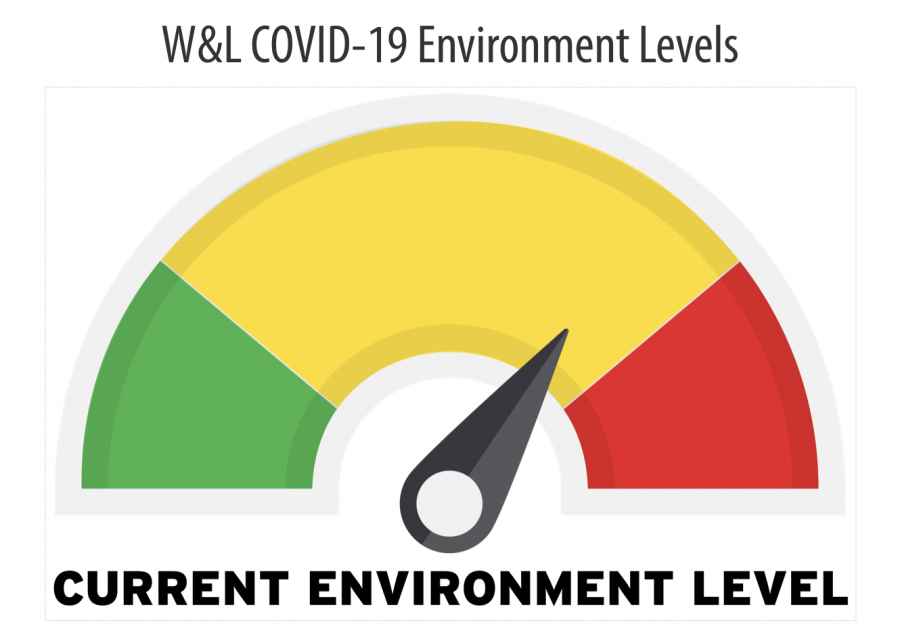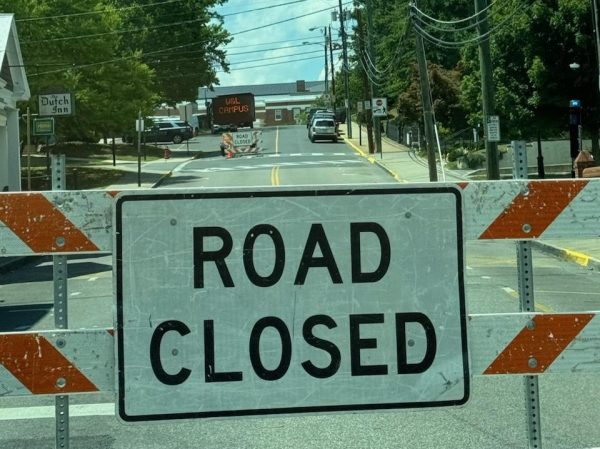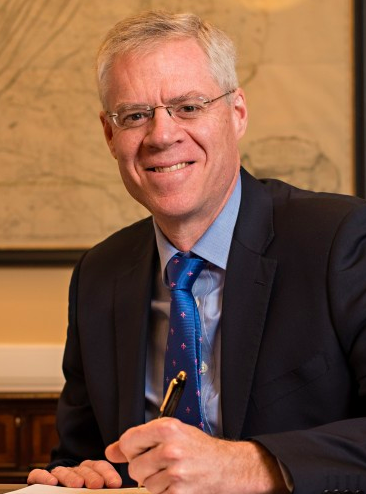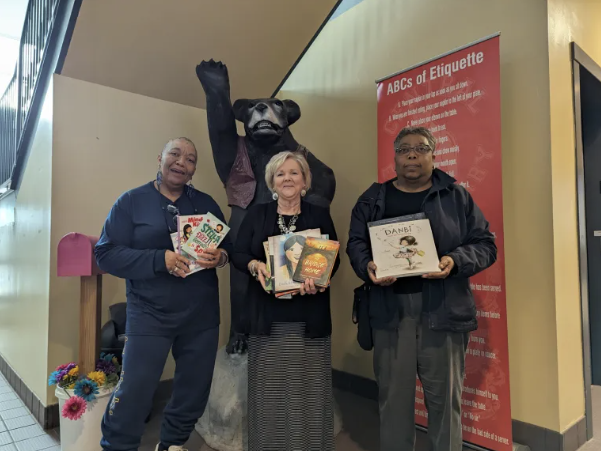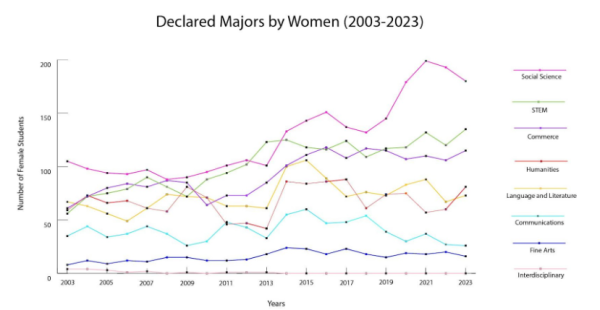Campus environment level increases as more students are quarantined
26 students are in on-campus isolation and quarantine housing and 132 students are quarantining elsewhere
September 22, 2020
Washington and Lee University up- graded its COVID-19 environment level to high yellow because of the rise in positive cases and lack of compliance with social distancing measures.
This move brings the environment level one step away from red, which would require a move to all-virtual instruction, according to an email sent by Vice President for Student Affairs and Dean of Students Sidney Evans on Friday.
As of Friday, Washington and Lee’s seven-day average positivity rate had risen to 5.3% after 21 students tested positive for COVID-19 in the last week.
These increases were met by new changes to COVID-19 guidelines that halted informal and formal Greek recruitment indefinitely and temporarily suspended in-person dining in the Marketplace and Evans Hall. The capacity for gatherings was limited to six people indoors (including housemates) and 10 people outdoors.
These changes came shortly after more cases were discovered outside of the previously identified cluster and pressure increased on the university’s Isolation/ Quarantine capacity which is 28% filled as of Saturday.
But student compliance with protocols has remained a problem.
“Eight students were asked to leave campus today as a result of a single gathering on Wednesday night during which they violated community standards, including exceeding the size limit for an inside gathering, failing to wear face coverings, and failing to physically distance,” said an email sent by Vice President for Student Affairs and Dean of Stu- dents Sidney Evans on Friday.
And she stressed in the email that the ability to remain on campus rests on students.
“Your decisions and actions can and will make a difference,” Evans wrote.
As of Sept. 19, there were 26 students in on-campus isolation and quarantine housing and another 132 quarantining elsewhere, according to university spokeswoman Drew Sackett, ‘93.
“In many cases, students are offered a choice to isolate or quarantine in the campus I/Q space, or in another location that is deemed safe,” Sackett said in an emailed response.
Students in quarantine receive hot meals daily from Dining Services as well as a care package with additional snacks and drinks on the first day of quarantine.
“Students can communicate their dietary needs as a part of the check-in pro- cess, so Dining Services can make sure they get food that matches with their allergens or preferences,” Sackett said.
Students who move into the isolation space in Baker hall are given a packing list for their two-week stay and must wear a mask and gloves until they are moved into their isolation room. W&L provides students with linens, towels, a small fridge, and a microwave.
Meg Langhorne, ‘23, elected to quarantine on campus in the Kappa Alpha Theta house, Monday after a few of the students living in the house had close contact with someone who had recently tested positive for COVID-19. But she says the experience has been largely good so far.
“We have everything we need here, we get our meals delivered and our friends drop off groceries so we are all set,” Langhorne said. “The only thing is we are still quarantining separate from other girls in the house –mask on, six feet apart– so it does get lonely sometimes.”



